Retailers know that customers love a good deal. A well-timed sale can get customers to flock to the store and spend their hard-earned money.
The only thing customers may value more than an enticing “buy one, get one” (BOGO) offer is convenience. In fact, a 2020 report by the National Retail Federation notes that 83 percent of consumers say a convenient shopping experience is more important to them now than it was five years ago.
What does convenience look like in today’s retail landscape? For the customer, it’s click and collect.
We explore this convenient concept below, including FAQs, process steps, and tips for retailers looking to implement click and collect in their operations. Adding their insights are experts from The Parker Avery Group, a retail and consumer goods consulting firm: senior manager Lee Whitaker and senior director Rob Oglesby.
4 FAQs about click and collect
1. What is click and collect?
“Click and collect is the merging of digital shopping and the traditional, physical experience,” Whitaker explains. Instead of the full shopping experience happening inside a retail store, it becomes a hybrid experience — it starts online, but ends at a physical location.
In most cases, this location is the store, but some retailers offer customer pickup at third-party locations that use a locker system. In the latter scenarios, customers typically don’t have any in-person interactions with retail personnel.
If you’re not familiar with the term “click and collect,” you may recognize its predecessor: “buy online, pick up in store.” The terms essentially refer to the same concept, though click and collect is more inclusive of varied pickup methods (e.g., using offsite lockers).
2. What are the benefits of click and collect?
“Of course the biggest benefit to customers is that they save time,” says Oglesby. “Since customers value their time as much as great deals, offering click and collect can provide a useful competitive advantage as a retailer.”
With click and collect, customers don’t have to set aside time to park, browse, and purchase at a retail location. Instead, they can browse and purchase online, then make a brief stop by the store or other designated location to pick up their order. “In many cases, they can even pick up their order the same day,” Whitaker adds.
Oglesby also notes how retailers can benefit from click and collect:
- Lower shipping costs. “Depending on how frequently their stores are restocked, most retailers can simply add online orders into their replenishment figures. No additional shipments needed,” he explains.
- Extended inventory visibility. He notes there’s a lot of chance involved with products in a brick-and-mortar store. You have to depend on customers to take the initiative and travel to a particular store in person and then find a specific product. “Online shopping reduces [the chances of losing a sale] by making it convenient to shop when the customer is in the mood. It also exposes your products to more customers and makes it easier for them to find what they need. Click and collect completes the experience,” he adds.
- Improved utilization of existing inventory. When customers buy online, you already know they’ve purchased what’s in inventory — unlike the uncertainty that comes with foot traffic. Customers may enter the store and get help from your associates but might not actually purchase anything. “If online customers are picking up in store, you also have the opportunity for an attachment sale — they may purchase additional items since they’re already present,” he says.
3. Why has click and collect gained in popularity in recent years?
“The main driver for the popularity of click and collect is customers’ continually growing desire for convenience,” says Whitaker. “They want different shopping options, whether in store or online. They also want assurance an item is in stock — no one wants to drive to a store only to be disappointed that the product is unavailable.”
Retailers can also attract a wider variety of customers online than through foot traffic. With brick and mortar, customers encounter a store-first visual — they see a store and make a quick decision whether it’s worth entering. Online, customers may see a product ad that gets them interested in the item before noticing what store or brand offers it; the customer may then browse other products in the store.
“Naturally, the pandemic massively accelerated the usage of click and collect in the retail industry,” adds Oglesby. “And not just in North America. Retailers across the world quickly adopted the practice, as it was the safest way for customers to shop. Click and collect was a necessity, and it will continue to be in demand, as consumers have normalized it as a shopping option.”
4. What impact has click and collect had on retail?
Whitaker says retail’s shift to e-commerce has caused in-store traffic to decline steadily each year, but that decline has been sharper with the rise of click and collect. “Consumers who have their mind set on saving time or minimizing in-person contact are thrilled about click and collect. If they can get their desired products without having to shop in a store, they’re going to choose that option.”
Click and collect has also forced retailers to rethink the role of store associates. Not all customers enter the store to browse; many now just come in to pick up their orders. In addition, stores are going through many operational changes to facilitate the click and collect process.
“Store associates must be cross-trained on both in-store and online aspects,” Whitaker explains. “They must develop a new set of skills that includes order picking and fulfillment, in addition to customer service. Retailers should consider hiring more employees (or developing new roles for current store associates) to address an increased need for order picking and preparation of online orders.”
The click and collect process: 5 steps
1. The customer shops online for products
The click and collect process starts with a customer visiting your website or other designated online channel and then browsing for products. As they browse on their laptop or mobile device, the customer adds items to their cart.
2. The customer places an order
After filling their cart, the customer proceeds to checkout. They enter their contact information, choose their payment option, and select their pickup location.
If you have an advanced system, it will show the customer which of your retail locations has the products they want in stock and when those products will be available for pickup. Customers can use this information to decide on the pickup location, which may be at a retail store near their job or home or in an area where they plan to be at a later time.
3. The retailer fulfills the order
Once the purchase is complete, the order is routed to you to fulfill. What happens next depends on how you handle logistics. For example, you may have a centralized warehouse that fulfills online orders and ships to stores. Or you may have individual stores fulfill orders from their available inventory.
4. The store prepares the order
Order preparation in the store may be simple or complex; again, it depends on how you handle logistics. If your business fits the warehouse scenario, store associates will likely just transfer completed orders to a staging area once they arrive.
If there’s no warehouse, designated store associates will pick the order from the stock room or directly from the floor and then transfer it to a staging area until the customer arrives for pickup.
5. The customer picks up the order
Last up is getting the products into the customer’s hands. How you handle this part of the process is up to you and what fits your operations. In general, customers arrive at or after their designated pickup time. If you have curbside pickup, your store associates will bring the order out to the customer; otherwise, the customer will come into the store to get their order.
Quick tips for retailers adding click and collect to their business
Optimize your inventory practices
Implementing click and collect may be a dream come true for many customers, but it can cause some operational hiccups for businesses that don’t plan accordingly. For one, your inventory will have greater volatility.
“Online customers are often shopping at the same time as in-store customers,” Oglesby explains. “Even though inventory shows that a product is available, that product may currently be in an in-store customer’s cart. You can easily run into product availability issues if you aren’t careful.”
What can you do to remedy this asynchronous dilemma? Oglesby recommends reanalyzing your safety stock — keep more products on hand in proportion to the increase in demand, especially for high-demand items. “You’ll need to monitor safety stock levels over time to gauge whether you should increase or decrease the amount,” he says.
Whitaker adds that you should focus on quality control and ensuring your inventory levels are accurate. In addition, ensure your associates handle online orders quickly and remain highly coordinated. “The last thing you want is to disappoint a customer because you’re forced to cancel their order.”
Invest in change management
“Click and collect represents significant changes within the organization,” says Whitaker. “And not just operational ones. You have to consider the implications for business processes, store policies, customer interactions, and employee mindsets, among other aspects.”
For example, consider store sales. Associates and managers may be accustomed to financial incentives from in-store sales. If online sales are taking products out of available stock, how will store personnel remain incentivized?
“Perhaps you modify the profit and loss statements to include online sales attributable to each store and adjust commission and bonus structures accordingly,” says Whitaker.
“You may also need new metrics and ways to measure success at each store,” Oglesby adds. “Figure out what works best for your business. Just keep in mind it’s important to consider changes like these to keep employees motivated and operations running smoothly after implementing click and collect.”





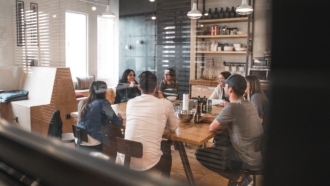


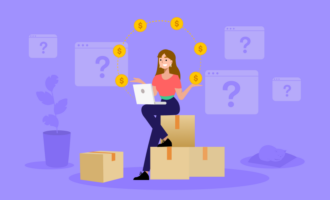
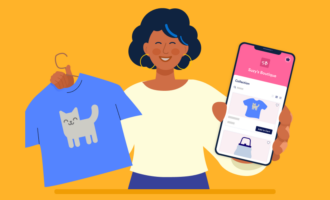
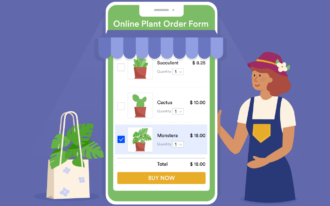

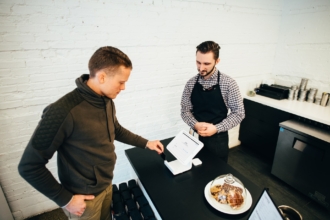

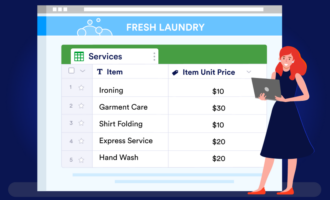




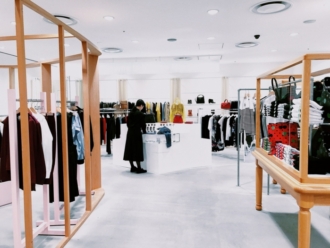
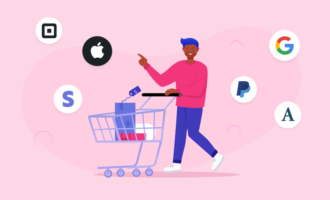


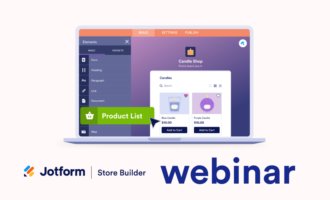

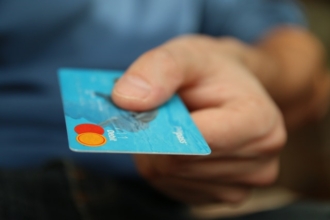
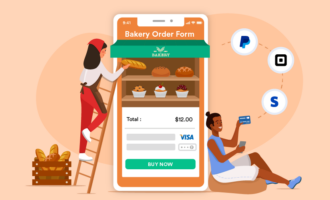
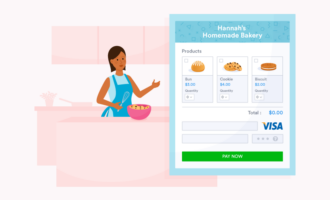
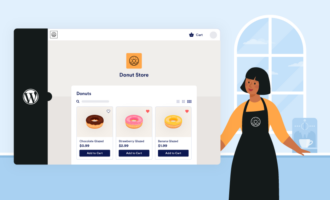





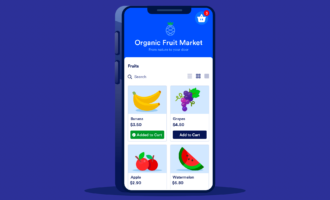

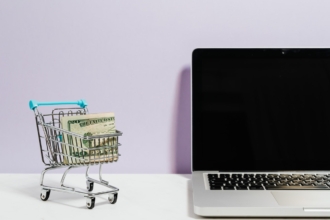
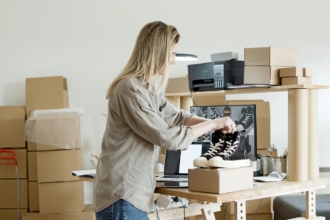
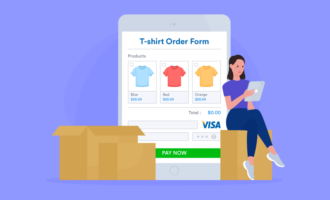

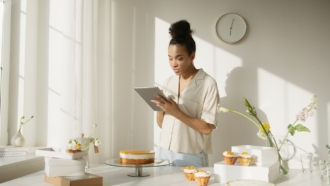
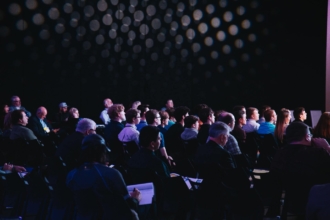
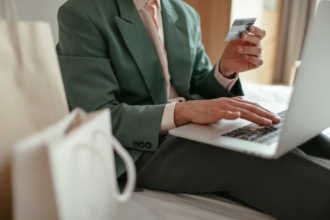
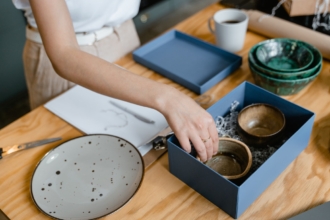
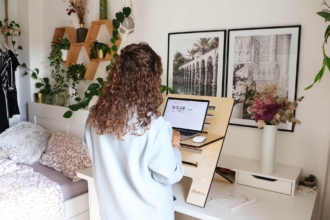

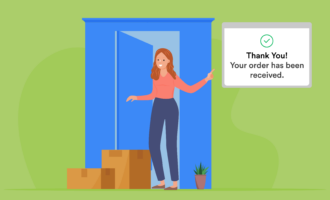
Send Comment:
1 Comments:
309 days ago
I liked your response.